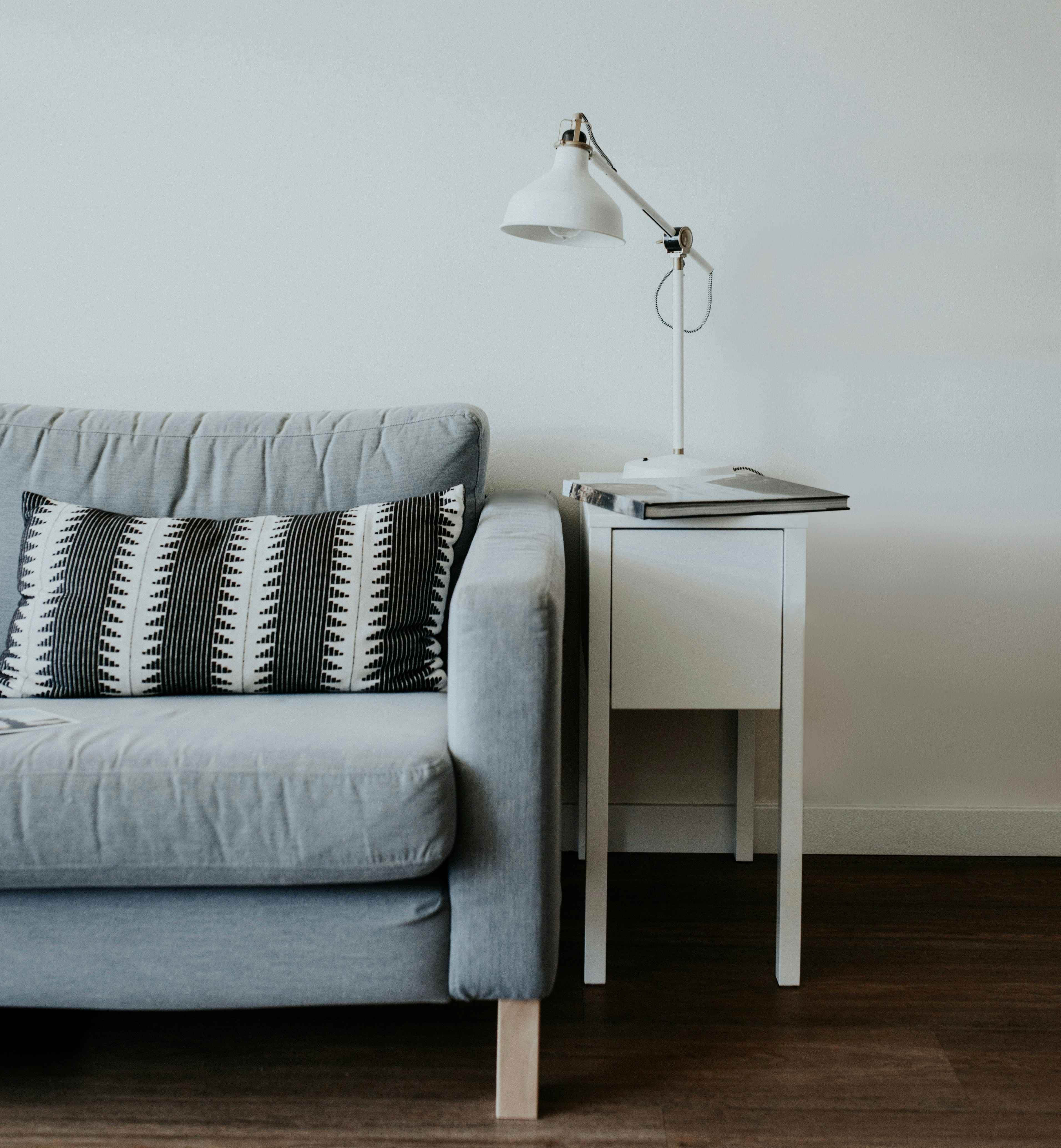In the cognition of ordinary people, the first thing to think of is the use of clothing and shoes, but we look around the home, around the office, everywhere there is a figure of sewing thread. It permeates every part of our lives. From curtains to carpets, seats to tablecloths, everything. Small sewing threads shuttle in our lives, weaving a colorful picture, in addition to meeting our basic needs and making our lives full of color. Now that the rapid degree of scientific and technological progress makes us unimaginable, in the textile field, the multi-functional development of sewing thread is also fully explored. So there is a saying that the pursuit of life promotes our technological development. Necessity is the truth.
In home interior projects, sewing thread is a necessary component that offers both practicality and visual appeal. When choosing sewing thread for interior applications in the home, it is important to take into account the thread's strength, longevity, and fabric compatibility. Your upholstery, curtains, cushions, and other fabric-based home décor pieces will keep their integrity and aesthetic appeal over time if you use high-quality sewing thread.
The smoothness and consistency of sewing thread is one of its most important characteristics. A silky thread slides through fabric with ease, minimizing the chance of snagging and guaranteeing uniform stitches. This is especially crucial for complex sewing projects like quilting or finely embroidered home décor pieces. Consistently sized threads also make for uniform stitches that improve the project's overall appearance, which adds to a polished finish.

Another important factor to take into account is the thread's resistance to abrasion. Items found inside homes are frequently subjected to friction, whether as a result of routine use or cleaning procedures. Abrasion-resistant threads will keep looking and working great for longer, keeping your home's décor looking beautiful. Polyester threads are a popular choice for things that require frequent washing or are exposed to wear and tear because of their great abrasion resistance.
Finally, it is critical that the thread work with many kinds of materials. A more robust and aesthetically pleasing outcome can be achieved by selecting a thread that complements the characteristics of the fabric, whether you're dealing with soft velvets, robust canvas, or delicate silks. Cotton threads, for example, work well with natural fabrics, but synthetic threads, such as polyester, are more adaptable and work well with a variety of materials.

In conclusion, variables like tensile strength, smoothness, abrasion resistance, and fabric compatibility must be taken into account while choosing the proper sewing thread for home interior projects. You can make sure that the items you use for home décor are not only gorgeous but also long-lasting and sturdy by paying attention to these little details.